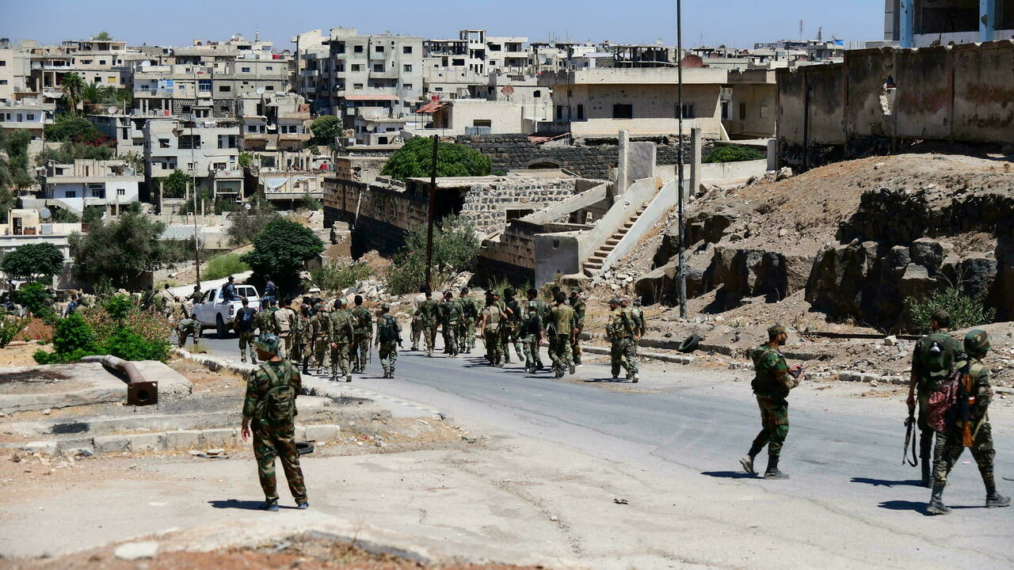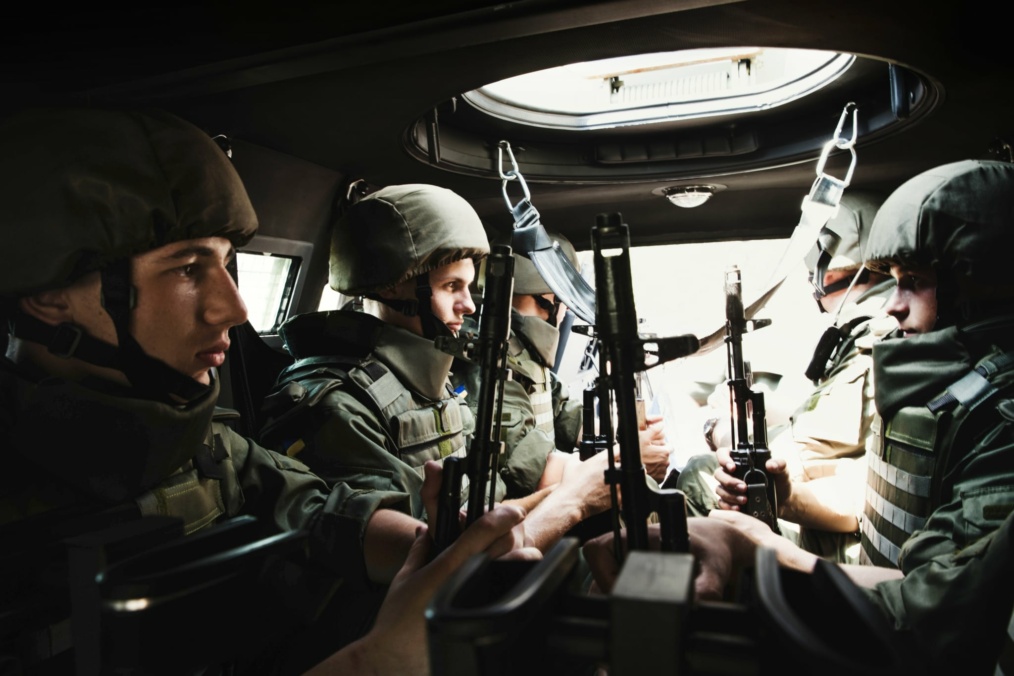Two of the most important ex-commanders of the extinct FARC guerrilla were assassinated in Venezuela. Dario Velásquez, known as “El Paisa,” and Henry Castellanos, known as “Romaña,” died in ambushes last week, which is a great blow to the FARC dissidents, known as the Second Marquetalia.
The death of Velásquez and Castellanos, who were signatories in the peace process, but later abandoned it, reveals the struggle being wedged between dissident groups of the FARC for control of the illicit economies in Venezuela and Colombia.
Background
Hernán Darío Velásquez, better known as “El Paisa,” began his criminal career in the FARC at the age of 19. He joined the eastern bloc of the FARC and was under the orders of the historical commanders of the guerrilla, the “Mono Jojoy.” “El Paisa” rapidly rose through the ranks of the FARC, specializing in activities such as drug and arms trafficking and extortion, especially in his hometown of Antioquia.
Years later, “El Paisa” led the Teófilo Forero mobile column, which was a special operations force within the FARC known for its combat expertise and bloody terrorist attacks. Notable attacks include the bomb attack on the El Nogal Club in Bogotá, in which 36 people died, and the mass kidnapping of the deputies of Valle del Cauca. These events led “El Paisa” to become one of the most wanted and feared men in Colombia, and one of the most important members of the FARC.
On the other hand, Henry Castellanos, better known as “Romaña,” commanded the 53rd front of the FARC, one of the most important in areas such as the Department of Meta. “Romaña” was also known as “the kidnapping czar” because of his specialty in random kidnappings on national roads, popularly known as “miraculous fishing.”
These kidnappings were carried out with the intention of financing the FARC’s guerrilla activities and occurred mainly in the Departments of Villavicencio, Cundinamarca, and Boyacá.
Castellanos also participated in the bloody takeover of the city of Mitú, where 43 people were killed and 61 members of the security forces were kidnapped. “Romaña’s” efficiency in kidnappings, extortion, and guerrilla takeovers led him to become a member of the FARC’s secretariat, the leadership of the terrorist organization.
Signing the Peace Agreement and its Abandonment
Both “El Paisa” and “Romaña” participated in signing the peace agreement with the Colombian government in 2016, and both were part of the FARC negotiating team despite being late additions to the negotiating table. The agreement sought to demobilize more than 32,000 guerrillas, reincorporate them into civilian life, and bring an absolute end to hostilities between the Colombian government and the FARC.
In July 2018, “El Paisa” left the Territorial Training and Reincorporation Space (ETCR) in Caquetá, where he was worked alongside other ex-combatants. Velásquez argued that the government betrayed the agreement since the terms were not being fulfilled and the capture of another FARC leader, Jesus Santrich, was a trap.
As for “Romaña,” he decided not to appear before the Special Jurisdiction for Peace (JEP) in 2019, arguing that he had received death threats.
Months after the disappearance of “Romaña” and “El Paisa,” the former commanders appeared in a video with Iván Márquez, Jesús Santrich, and other deserters from the peace agreement announcing the creation of the Second Marquetalia. In the video, Márquez points out that the ex-guerrillas were forced to create a new organization because the government did not comply with the prior agreements. Thus, a new terrorist organization with a significant presence in Colombia and Venezuela was created.
The Killings and their Implications
On December 8th, the Colombian Defense Minister confirmed that both “Romaña” and “El Paisa” died in isolated events in Venezuela. The Minister also emphasized that the members of the second Marquetalia were protected by Nicolas Maduro’s regime, which significantly facilitated their illegal operations.
Although it is not possible to fully confirm who was behind the death of two of the most feared FARC dissidents, there are varying hypotheses. Some sources indicate that “El Paisa” was assassinated by the men under his command due to their mistreatment and that they wanted to seize his hidden fortune of millions of dollars.
However, the most viable hypothesis is that “El Paisa” was assassinated in an ambush by the 10th front of the FARC. Gentil Duarte leads the 10th front and disputes for control of drug trafficking routes, the illegal exploitation of minerals, and other activities from criminals in Colombia and in some areas of Venezuela, such as the State of Apure.
“Romaña’s” situation appears similar in nature. A Colombian news portal revealed that the photo where “Romaña” appears dead was taken by the FARC dissidents who ambushed him.
In addition to the deaths of “Romaña” and “El Paisa,” Jesús Santrich was also assassinated this year. The conditions of his death were very similar; there is no clear party responsible, it occurred on Venezuelan soil, and it is suspected that he was murdered due to drug-trafficking disputes.
The deaths of the leaders of the Second Marquetalia represent a great blow to this criminal and terrorist organization. The only relevant leader still alive is Iván Márquez, who is suspected to be hiding in another country.
In the event that “Romaña” and “El Paisa” were indeed killed by Gentil Duarte’s dissidents, this would demonstrate that Duarte’s group is winning over the Second Marquetalia. Meaning that Gentil Duarte’s dissidents are taking over a vast amount of territory in Colombia and Venezuela and that they are increasing in economic and arms power.
Finally, to stop the violence between the dissident groups of the FARC, it is necessary that both the Colombian State and the Venezuelan State confront narco-terrorist groups and gain control over their territories, especially near the borders. However, this is especially difficult since the two countries do not have diplomatic relations, which makes cooperation difficult, especially considering that the Venezuelan regime sponsors and protects some of these organizations.
Daniel Felipe Ruiz Rozo, Counter-Terrorism Research Fellow





